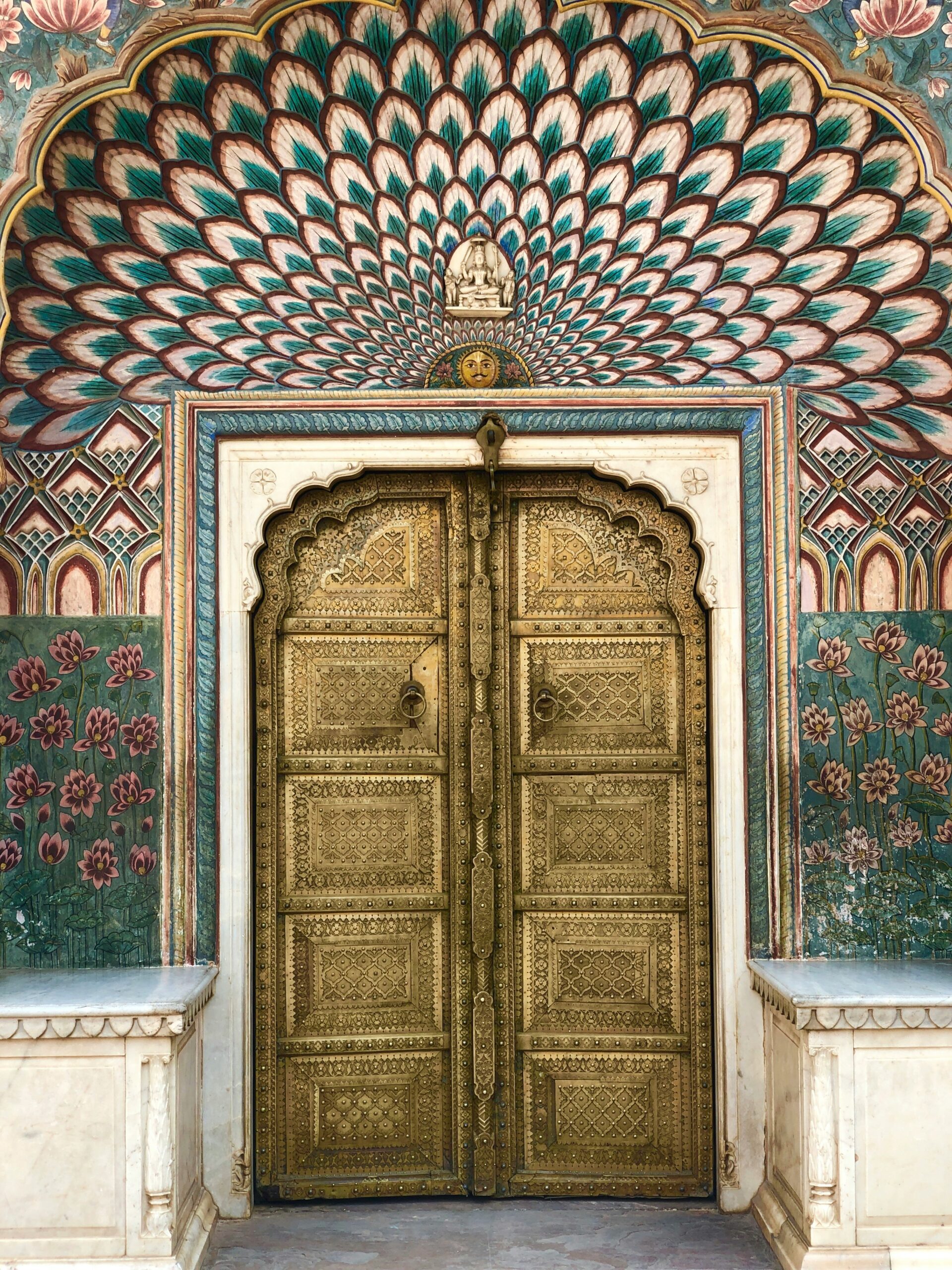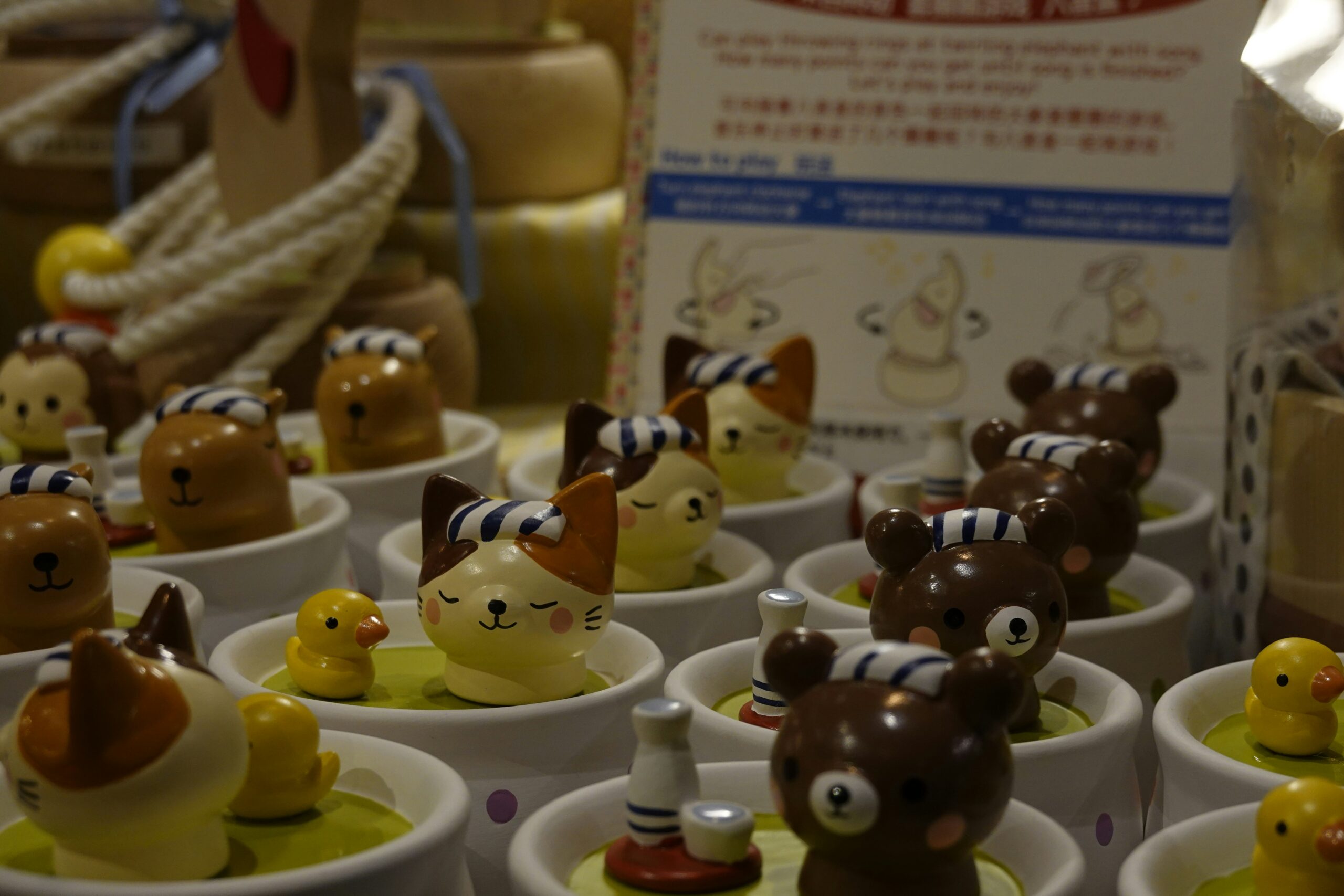“`html
Introduction to Rajasthan’s Artistic Heritage
Rajasthan, a land of vibrant culture and immense historical significance, stands as a testament to India’s rich artistic legacy. The state’s heritage is not merely a remnant of the past but a living tradition that continues to thrive in its towns and villages. Art and craft in Rajasthan are integral to the daily lives of its people, embodying a unique blend of tradition and creativity that has been meticulously preserved and passed down through generations.
The art forms of Rajasthan are diverse, ranging from intricate textile weaving and dyeing to the creation of exquisite handmade jewelry, pottery, and sculptures. Each craft tells a story, often reflecting the region’s history, folklore, and natural surroundings. These crafts are not just products; they are expressions of the artisans’ identity and their connection to their cultural roots.
Local artisans in Rajasthan have honed their skills over centuries, often learning their craft through familial lines. This transfer of knowledge ensures that the techniques and artistry remain authentic and true to their origins. The state’s bustling bazaars and markets are a testament to the thriving handicrafts industry, where one can witness the making of these art forms firsthand and appreciate the dedication and skill involved.
Rajasthan’s art and craft are also a significant part of its economy, providing livelihoods to countless families and contributing to the state’s tourism industry. Visitors from around the world are drawn to the exquisite craftsmanship and the stories behind each piece. The intricate designs and vibrant colors of Rajasthani crafts are not just visually appealing but also hold cultural significance, often used in traditional ceremonies and rituals.
This exploration of Rajasthan’s artistic heritage sets the stage for a deeper dive into specific crafts and the artisans who dedicate their lives to keeping these traditions alive. By understanding the cultural backdrop and the importance of these art forms, one can truly appreciate the rich heritage that Rajasthan continues to celebrate and preserve.
The Diverse Art Forms of Rajasthan
Rajasthan is a treasure trove of diverse art forms, each reflecting the state’s rich cultural heritage and the craftsmanship of its artisans. Among these, blue pottery stands out as one of the most iconic crafts. Originating from Persia, this art form was introduced to Rajasthan in the 17th century and has since become synonymous with the region. The distinctive blue dye, derived from cobalt oxide, and the intricate floral patterns make blue pottery items not only functional but also aesthetically pleasing. This craft’s cultural significance is seen in its frequent use in home decor, adding a touch of Rajasthan’s artistic flair to everyday life.
Equally captivating is the art of block printing, which has a long-standing tradition in Rajasthan. This technique involves using hand-carved wooden blocks dipped in natural dyes to create vibrant patterns on fabrics. The regions of Sanganer and Bagru are particularly famous for their unique block printing styles. Sanganer prints are known for their delicate floral motifs in bright colors, while Bagru prints feature bold, geometric patterns in earthy tones. This craft not only highlights the manual skill involved but also reflects the deep connection between the artisans and their natural environment, as many of the dyes are derived from local plants.
Miniature paintings are another remarkable art form that has flourished in Rajasthan. These intricately detailed paintings, often depicting scenes of royal life, mythology, and nature, require a high level of precision and patience. The use of natural pigments and fine brushes made from squirrel hair are distinctive features of this art. Originating in the courts of the Rajput kings, these paintings have a historical significance, capturing the grandeur and opulence of Rajasthan’s royal heritage.
Jewelry making is yet another craft that showcases the exquisite skill of Rajasthani artisans. Known for its intricate designs and use of precious stones, Rajasthani jewelry is a symbol of the region’s rich cultural legacy. The traditional art of Kundan and Meenakari jewelry, which involves setting gemstones in gold and enameling, respectively, are particularly notable. Each piece of jewelry tells a story of the artisan’s meticulous craftsmanship and the cultural narratives embedded in these timeless designs.
In highlighting these diverse art forms, it becomes evident that Rajasthan’s heritage of art and craft is not just about creating beautiful objects, but also about preserving cultural narratives and traditions. Each handmade piece, whether it be blue pottery, block-printed fabric, a miniature painting, or a piece of jewelry, is a testament to the artisans’ dedication and the rich cultural tapestry of Rajasthan.
Meet the Artisans: The Masters Behind the Crafts
Rajasthan’s rich heritage of art and craft owes its enduring legacy to the unparalleled skills of its artisans. These masters of their trade are the true custodians of Rajasthan’s cultural wealth, each contributing unique styles and techniques that have been passed down through generations. Among them is Rajendra, a master potter from the village of Molela, renowned for his exquisite terracotta plaques. Rajendra’s craft is not merely a livelihood but a familial heritage; he learned the nuances of clay and kiln from his father, who in turn, inherited the knowledge from his ancestors.
The dedication of these artisans to preserving traditional methods is evident in every piece they create. For instance, Meena, a skilled weaver from Barmer, uses handlooms to produce the intricate textiles that have made the region famous. Her journey into weaving began at a young age, under the tutelage of her grandmother. Despite the advent of modern machinery, Meena continues to favor the age-old handloom techniques, ensuring that each fabric tells a story of painstaking craftsmanship and cultural significance.
However, the path of these artisans is fraught with challenges. Economic hardships, limited access to modern markets, and the fading interest of younger generations threaten the survival of these traditional crafts. Yet, the resilience of these artisans is admirable. Through community workshops, they not only hone their skills but also teach the next generation, hoping to ignite the same passion in them that has kept their craft alive for centuries.
Artisans like Rajendra and Meena embody the essence of Rajasthan’s handicrafts. Their personal stories, filled with both triumphs and tribulations, reflect a deep-seated commitment to their art. By sharing these narratives, we not only honor their contributions but also highlight the importance of sustaining and valuing these traditional crafts in the face of modernity.
Preservation and Promotion of Rajasthan’s Arts and Crafts
Rajasthan’s art and craft heritage embodies a rich tapestry of history, culture, and tradition. The preservation and promotion of these traditional crafts are vital to maintaining the region’s unique identity. Various stakeholders, including government bodies, non-profit organizations, and private enterprises, have taken substantial steps to ensure these cultural treasures are sustained for future generations.
Government initiatives have played a pivotal role in preserving Rajasthan’s handicrafts. Policies aimed at providing financial support to local artisans, organizing craft fairs, and setting up dedicated training centers have significantly contributed to the revival and sustenance of traditional crafts. These efforts not only help artisans refine their skills but also provide them with platforms to showcase their work to a broader audience.
Non-profit organizations have also been instrumental in the preservation of Rajasthan’s heritage. These organizations often work at the grassroots level, offering education and resources to artisans. Initiatives focusing on teaching contemporary techniques while respecting traditional methods help artisans adapt to modern markets without compromising the authenticity of their craft. Additionally, non-profits frequently engage in marketing efforts, connecting artisans with consumers who appreciate the value of handmade goods.
Private enterprises have increasingly recognized the commercial potential of Rajasthan’s art and crafts. By integrating traditional designs into modern products and offering them through various retail channels, businesses are enabling a symbiotic relationship where artisans can benefit economically. This not only promotes the crafts on a global scale but also ensures that the artisans receive fair compensation for their work.
Tourism and globalization have had both positive and negative impacts on Rajasthan’s artisans. On one hand, increased tourist interest brings more revenue and exposure. On the other hand, the influx of mass-produced items threatens the authenticity and uniqueness of traditional crafts. Therefore, it is crucial to strike a balance between commercial success and cultural preservation.
Future directions should focus on continued education, sustainable practices, and creating more opportunities for artisans to thrive. Supporting these cultural treasures is not just about preserving history; it is also about enriching our present and future. By valuing and promoting Rajasthan’s handmade art and crafts, we honor the artisans’ dedication and ensure that this vibrant heritage endures.


